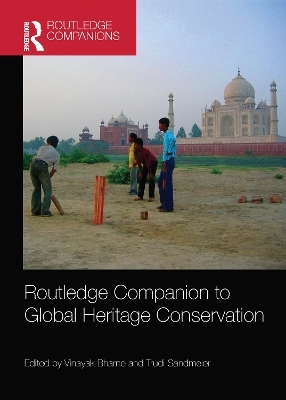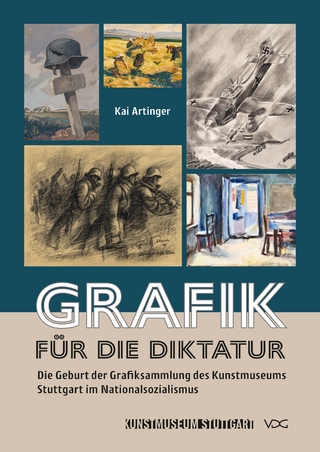
Routledge Companion to Global Heritage Conservation
Routledge (Verlag)
978-1-032-09368-0 (ISBN)
How and where do such aspirations overlap and differ across nations and societies across the world? In places with different histories, governance structures, regulatory stringency, and populist dispositions, who are the specific players, and what are the actual processes that bring about bigger and deeper change beyond just the conservation of an architectural or urban entity of perceived value?
This collection of scholarly articles by theorists, academics, and practitioners explores the global complexity, guises, and potential of heritage conservation. Going from Tokyo to Cairo, Shenzhen to Rome, and Delhi to Moscow, this volume examines a vast range of topics – indigenous habitats, urban cores, vernacular infrastructure, colonial towns, squatters, burial sites, war zones, and modern landmarks. It surfaces numerous inherent issues – water stress, deforestation, social oppression, poverty, religion, immigration, and polity, expanding the definitions of heritage conservation as both a professional discipline and socio-cultural catalyst. This book argues that the intellectual and praxis limits of heritage conservation – as the agency of reading, defining, and intervening with built heritage – can be expansive, aimed at bigger positive change beyond a specific subject or object; plural, enmeshed with multiple fields and specializations; and empathetic, born from the actual socio-political realities of a place.
Vinayak Bharne is Adjunct Associate Professor of Urbanism and Heritage Conservation at the University of Southern California, USA, and Principal and Director of Design at the architecture and urban design firm Moule & Polyzoides, USA. His books include The Emerging Asian City: Concomitant Urbanities & Urbanisms (2012), Rediscovering the Hindu Temple: The Sacred Architecture and Urbanism of India (2012), and Zen Spaces & Neon Places: Reflections on Japanese Architecture and Urbanism (2013). Trudi Sandmeier is the Director of Graduate Programs in Heritage Conservation and an Associate Professor of Practice in Architecture at the University of Southern California, USA. Her work centers on the conservation of the recent past and efforts to make visible the impact of underrepresented constituencies on the historic built environment.
Preface; Introduction: Global Perspectives in Heritage Conservation; SECTION 1 – GLOBALIZING THE CONSERVATION DISCOURSERe-examining World Heritage and Sustainable Development; Re-conceptualizing ‘historic urban landscapes’; Earthquakes and Afterlives: Heritage Conservation and Seismicity; Beyond Nostalgic Appeal - The Means and Measures Dictating Heritage Management Trends in Pakistan; Formal Order Out of Informal Chaos – a New Latin American Dialogue between the Official Practice of Heritage Conservation and the Concept of Self-Organization; SECTION 2 – RE-EVALUATING AN AGING PAST Towards an integrative and empathetic heritage conservation: The Case of Kandy, Sri Lanka; Rural Cultural Landscapes and the Purposes of Heritage - the case of the Cultural Landscape of Bali Province (Indonesia); Continuing Culture and Meeting Modernity: The World Heritage Villages of Shirakawa-Go and Gokayama, Japan; Visioning Cultural Heritage and Planning: Banaras, the Cultural Capital of India.
| Erscheinungsdatum | 01.07.2021 |
|---|---|
| Verlagsort | London |
| Sprache | englisch |
| Maße | 174 x 246 mm |
| Gewicht | 453 g |
| Themenwelt | Kunst / Musik / Theater |
| Reisen ► Reiseführer | |
| Geisteswissenschaften ► Geschichte ► Hilfswissenschaften | |
| Sozialwissenschaften ► Soziologie ► Spezielle Soziologien | |
| Technik ► Bauwesen | |
| ISBN-10 | 1-032-09368-4 / 1032093684 |
| ISBN-13 | 978-1-032-09368-0 / 9781032093680 |
| Zustand | Neuware |
| Informationen gemäß Produktsicherheitsverordnung (GPSR) | |
| Haben Sie eine Frage zum Produkt? |
aus dem Bereich


